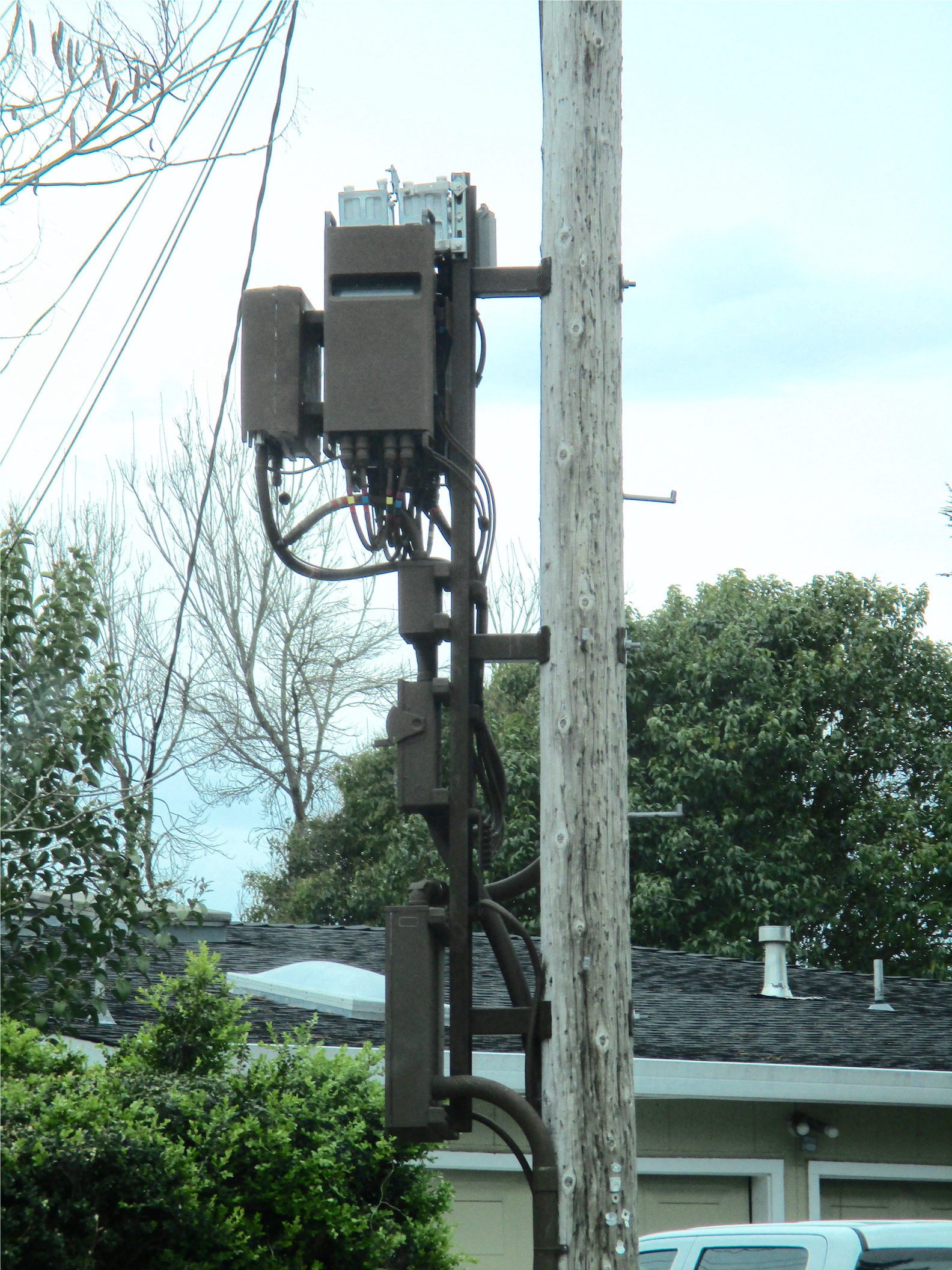If you've ever wandered through a town and spotted tiny mini 5G cell towers placed on poles for street lighting. They look like little boxes, but they're actually broadcasting wireless signals from cellular providers to your mobile.
what is a safe distance from a 5g cell tower are replacing larger specially-designed cell towers. While they're not as noticeable however, they could cause problems for people.
A FCC's Radiation Exposure Thresholds
The FCC's Radiation Exposure Thresholds define the safe distance that one can expose to electromagnetic radiation from wireless devices. The limits for exposure are based on scientific data that show that RF energy could be harmful to health.
The rate of absorption called the specific absorption rate (SAR) is an indicator of the amount of radiofrequency energy absorption by tissues. It is typically 1.6 milliwatts per kilogram calculated over one gram of tissue.

However, because 5g transmits at higher frequencies this could be able to cause greater energy intensity on the skin and other directly-exposed body parts. This can lead to a wide range of possible harms, like the appearance of skin conditions like dermatitis, cataracts and skin cancer.
Due to the possible harmful effects of radiation from 5G, PSU has chosen to set a general localized maximum power density of four mW/cm2 measured across 1 centimeter, and not to exceed 30 minutes for all 5G services running at 3000 GHz. This limit for localization is in line with the maximum SAR spatial-average of 1.6 W/kg, averaged over one 5 grams of body tissue, at 6 GHz.
The FCC's Maximum Exposure Thresholds
If you've ever used a mobile phone, then you're aware that a safe location from the tower should be at least 400 meters away. This is because the power of transmission from a cell tower increases dramatically the further your location from the tower.
While this sounds like a good idea, the reality is that people living in close proximity to towers might be more susceptible to health issues. For instance, a 2014 study in India discovered that people who lived within 50m of cell towers had much more health problems than those living further distance from them.
However, this study also revealed that those who relocated into areas farther away from cell towers noticed their symptoms return to normal within a few days. Studies have also revealed that exposure to high levels of radiofrequency electromagnetic fields (EMFs) could cause brain tumors, cancers and other health issues.
This is due to the fact that RF radiation, used in wireless communication, can penetrate the human body's outer layer, the skin. It is vital to be aware of this because the skin acts as a shield against injuries caused by mechanical forces, infections by pathogenic microorganisms, and the entry of harmful substances. It is also the most important organ of the human body. It is responsible for protecting other organs.
The FCC's Minimum Exposure Thresholds
The FCC's Minimum Exposure Thresholds are based on numerous assumptions that are not supported by scientific evidence. These include the erroneous assumption that exposures to RF radiation are safe due to the limited radiation penetration in the human body (i.e. thermal heating of tissue).
The assumption also ignores the deeper penetration of the ELF elements of modulated radio signals as well as the effect of brief bursts of heat from pulsed RF waves. These assumptions are not in line with current knowledge of the biological consequences of RF radiation. Therefore what is a safe distance from a cell tower shouldn't be used for health protective exposure guidelines.
Additionally to what is a safe distance from a cell tower , ICNIRP and FCC restrict their maximum limit of exposure to the local SARs based on the peak spatial specific absorption rate (psSAR) which is not a reliable dosimetric instrument to assess the amount of radiation exposure. In particular it is inconclusive when frequencies exceed 6 GHz. Additionally, psSAR hasn't been tested for RF radiation with co-exposure to other environmental agents such as sunlight. In the event of interactions, RF radiations with different agents in the environment could result in antagonistic or synergistic impacts. This could result in the risk of having adverse health effects. For instance, exposure to RF radiation along with exposure to sunlight can cause an increase in the incidence of skin cancer and exacerbate other skin disorders, such as acne.
